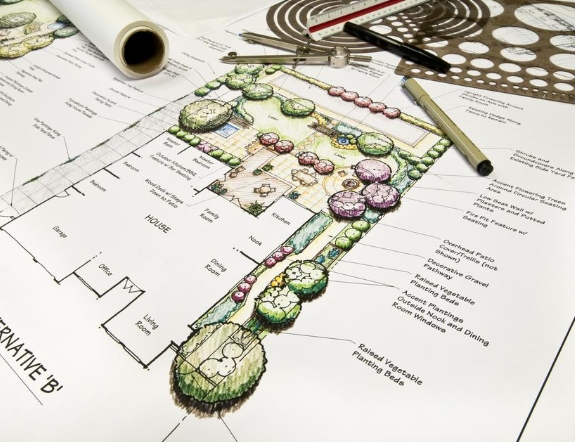Landscape architecture has the power to transform urban spaces in profound ways, creating vibrant and sustainable environments that enhance the quality of life for residents and visitors alike.
Creating Green Spaces
One of the key ways in which landscape architecture can transform urban spaces is by creating green spaces. Parks, gardens, and other green areas provide a much-needed respite from the hustle and bustle of city life, allowing people to reconnect with nature and improve their overall well-being.
Improving Public Health
Green spaces also have a positive impact on public health, providing opportunities for physical activity and promoting mental health and relaxation. By incorporating walking paths, playgrounds, and recreational areas into urban landscapes, landscape architects can help combat obesity, reduce stress, and improve overall health outcomes for residents.
Increasing Sustainability
In addition to promoting health and well-being, landscape architecture can also play a critical role in increasing the sustainability of urban spaces. By incorporating sustainable design principles, such as rainwater harvesting, green roofs, and native plantings, landscape architects can help reduce energy consumption, improve air and water quality, and mitigate the effects of climate change.
Enhancing Community Engagement
Landscape architecture has the power to bring communities together, providing spaces for social interaction, cultural events, and civic engagement. By designing inclusive and accessible public spaces, landscape architects can help foster a sense of community and belonging, promoting social cohesion and civic pride.
Promoting Economic Development
Well-designed urban landscapes can also have a positive impact on economic development, attracting residents, businesses, and tourists to a city. By creating beautiful and functional public spaces, landscape architects can help stimulate local economies, increase property values, and create jobs in the construction and maintenance of green infrastructure.
In conclusion, landscape architecture has the power to transform urban spaces in a multitude of ways, from creating green spaces and improving public health to increasing sustainability, enhancing community engagement, and promoting economic development. By harnessing the transformative power of landscape architecture, cities can create more livable, resilient, and vibrant environments for everyone to enjoy.

